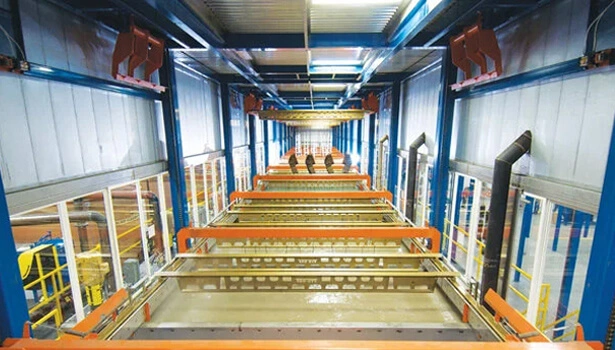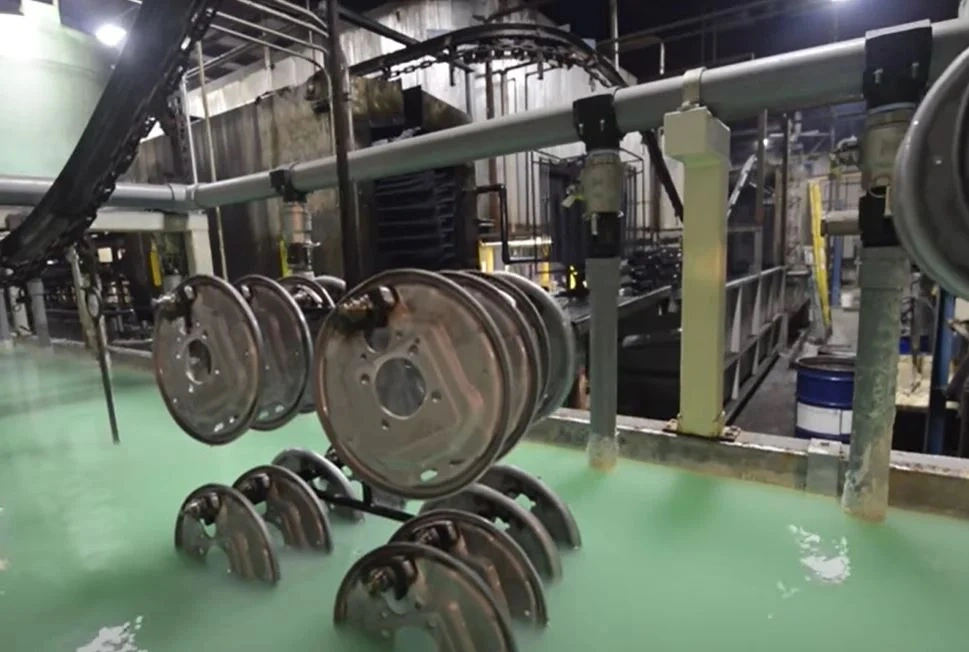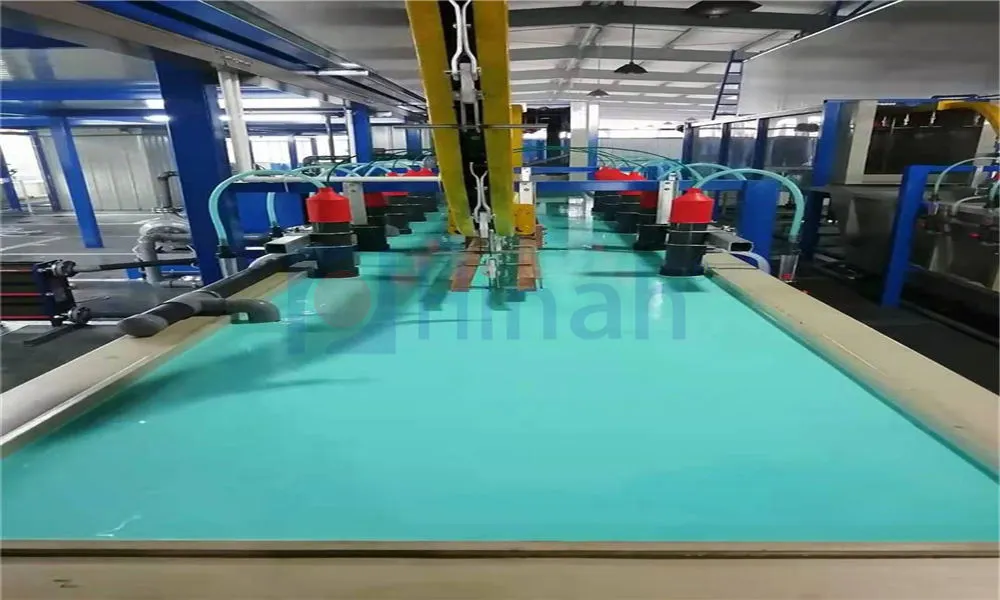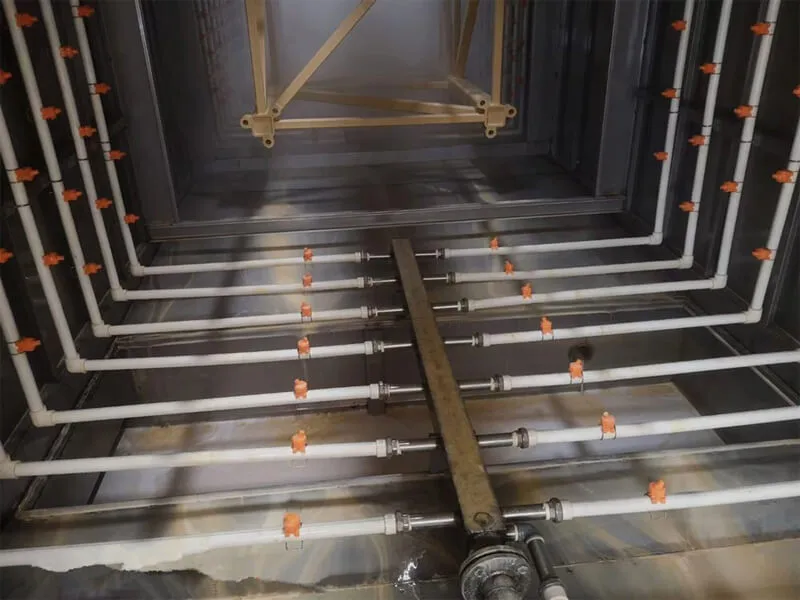In the world of industrial finishing, the powder coating booth is the heart of the operation. It’s where raw metal transforms into a durable, high-quality, and visually appealing product. Whether you're a small fabricator or a large-scale manufacturer, selecting the right booth is not just a purchase; it's a strategic investment in your operation's efficiency, quality, and environmental compliance. With numerous options for sale, making an informed decision is paramount. This guide will walk you through the seven critical factors you must consider to find the perfect powder coating booth for your specific needs.
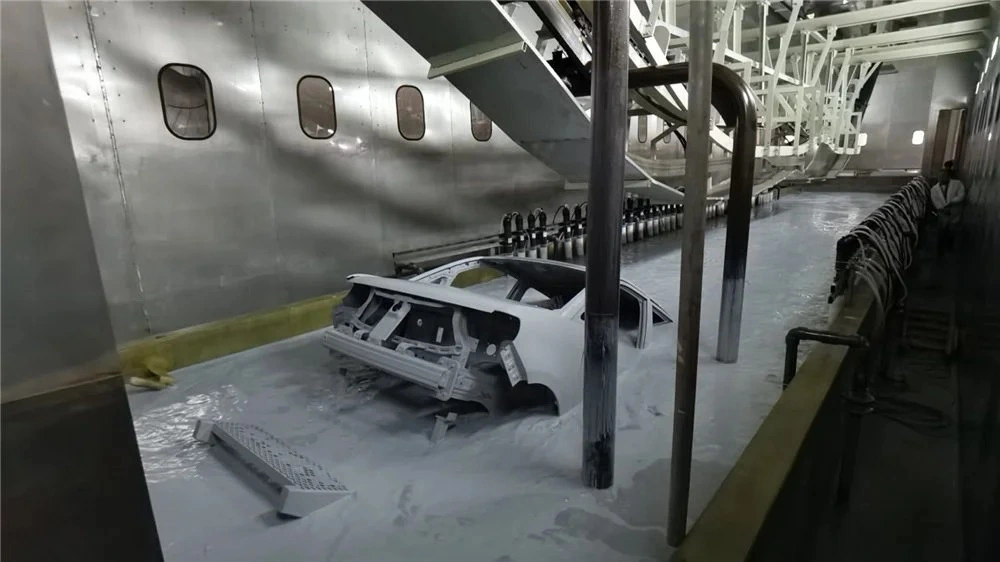
1. Understanding the Powder Coating Booth: More Than Just an Enclosure
At its core, a powder coating booth is a controlled environment designed for the application of powder coating. Its primary functions are to:
Contain overspray powder for a clean working environment.
Provide optimal lighting and airflow for the applicator.
Ensure operator safety by filtering airborne particles.
Facilitate the efficient recovery and recycling of overspray powder in many systems.
A well-designed booth from a reputable powder coating booth manufacturer is the foundation of a superior finishing process. It directly impacts transfer efficiency (how much powder actually adheres to the part), product quality, and long-term operational cost.
2. Types of Powder Coating Booths: Finding Your Perfect Match
Not all booths are created equal. The nature of your work will dictate the type of booth you need. The main categories available for sale include:
Open-Face Booths: Ideal for low-volume or hobbyist applications, these are simple, cost-effective enclosures where air is drawn through the back wall filters. They are not designed for powder recovery.
Single-Pass Downdraft Booths: These booths pull air from the top, down across the part, and exhaust it out the bottom. They are excellent for large, complex parts and provide a very clean environment, but they typically do not recycle powder.
Downdraft Booths with Cartridge Recovery: This is the industry standard for high-volume production. Air and overspray are pulled downward through a grated floor into a recovery system, usually featuring cartridge filters. The powder is then automatically sieved and recycled back to the applicator, significantly reducing material waste and cost.
Crossdraft Booths: In these systems, air enters from the front and is exhausted through the back. They are often used for long, continuous products like extrusions or tubing.
Choosing between these types is the first major step in your selection process, impacting everything from your initial investment to your daily workflow.
3. The 7-Point Checklist for Selecting Your Next Booth
Before you commit to a powder coating booth that's for sale, run it through this essential checklist.
1. Part Size and Production Volume:
What are the largest parts you will coat? Your booth must accommodate them with ample space for the operator to move around. Your daily or weekly production volume will determine whether a simple open-face booth or a high-volume automated powder coating system with recovery is necessary.
2. Airflow and Ventilation Design:
This is the most critical technical aspect. Proper airflow ensures powder is contained, the environment is safe, and overspray is effectively captured. Look for a booth designed with balanced CFM (Cubic Feet per Minute) ratings for the blower and a well-engineered plenum design to ensure even air distribution. A poor design leads to powder escape and quality issues.
3. Powder Recovery System Efficiency:
If you are coating in any significant volume, a recovery system pays for itself. Assess the type of filters (cartridge is modern and efficient), the automation of the recycling process, and the ease of filter maintenance. An efficient recovery system from a leading manufacturer like HANNA can boost your material utilization to over 95%, delivering massive savings on powder cost.
4. Construction Quality and Durability:
Your booth is a long-term asset. Look for robust materials—galvanized steel, stainless steel for critical components, and durable powder-coated finishes on the booth itself. Flimsy construction will lead to leaks, inefficiency, and higher maintenance cost down the line.
5. Safety and Compliance Features:
The booth must meet OSHA and other local safety standards. Key features include explosion venting, properly rated electrical components, and integrated fire suppression systems. Ensuring your equipment is compliant is non-negotiable for protecting your personnel and your facility.
6. Ease of Maintenance and Cleaning:
Downtime is expensive. A well-designed booth allows for quick and easy filter changes, simple interior cleaning, and hassle-free access to the recovery system. Ask the manufacturer about recommended maintenance schedules and the availability of spare parts.
7. Manufacturer Support and Service:
The relationship with your powder coating booth manufacturer doesn't end at the sale. Consider HANNA's reputation for providing comprehensive technical support, readily available spare parts, and expert service. A reliable partner ensures your operation runs smoothly for years to come.

4. The Cost Equation: Investment vs. Lifetime Value
When evaluating the cost of a powder coating booth, look beyond the initial price tag. Consider the Total Cost of Ownership (TCO):
Initial Purchase Price: The cost of the booth itself.
Installation Costs: Factors like electrical, plumbing, and foundation work.
Operational Costs: Energy consumption of the blower and recovery system.
Material Savings: A high-efficiency recovery system drastically reduces powder waste.
Maintenance Costs: The frequency and cost of replacing filters and other wear parts.
Investing in a high-quality booth from HANNA might have a higher upfront cost, but its superior efficiency, durability, and lower operating expenses deliver a far greater return on investment over time.
5. HANNA's Integrated Powder Coating Solutions
At HANNA, we don't just sell equipment; we provide end-to-end powder coating solutions. Our booths are engineered with the operator and the bottom line in mind. We offer custom-designed booths tailored to your specific part geometry and production requirements. Our integrated approach ensures the booth, recovery system, and oven work in perfect harmony, maximizing your finish quality and productivity. When you partner with HANNA, you are choosing a powder coating booth manufacturer committed to being a part of your success.
6. Advanced Technologies: The Future of Powder Application
The industry is constantly evolving. Modern powder coating booths are becoming smarter and more connected. Look for features like IoT-enabled monitoring, which allows you to track airflow performance and filter life remotely. Automated powder pump and hopper systems integrated directly with the booth streamline the process for high-volume applications. Embracing these technologies can provide a significant competitive advantage.
Selecting the right powder coating booth is a complex but crucial decision that impacts every aspect of your finishing line. By thoroughly understanding your needs, carefully evaluating the technical specifications, and partnering with an experienced and reliable manufacturer like HANNA, you can make a choice that ensures quality, efficiency, and profitability for your business. Don't just buy a booth; invest in a powder coating solution that powers your growth.
Frequently Asked Questions (FAQs)
Q1: What is the main advantage of a powder recovery system in a booth?
A1: The primary advantage is a dramatic reduction in material waste and cost. A recovery system, typically using cartridge filters, captures overspray powder, sieves it to remove contaminants, and recycles it back to the applicator. This can increase powder utilization rates to over 95%, paying for the system itself over time through material savings.
Q2: How often do I need to replace the filters in my powder coating booth?
A2: The frequency depends on your production volume and the type of powder used. A general indicator is a noticeable drop in airflow or a rise in the system's pressure gauge. For a busy operation, this could be every few weeks, while a low-volume shop might change them every few months. Always follow the manufacturer's specific recommendations for your HANNA booth to maintain optimal performance.
Q3: Can I retrofit an older powder coating booth with a new recovery system?
A3: In many cases, yes. HANNA and other leading manufacturers often offer retrofit solutions to upgrade older booths with modern, high-efficiency cartridge recovery systems. This can be a cost-effective way to improve the performance and economy of your existing setup without the expense of a completely new booth.
Q4: What size powder coating booth and blower do I actually need?
A4: Sizing is critical and is based on two factors: the physical dimensions of your largest parts and the required air velocity (typically 100-120 FPM for downdraft). The booth must be large enough to house the part with clearance, and the blower must be powerful enough to maintain consistent airflow across the entire opening. It is highly recommended to consult with a HANNA expert who can perform the precise calculations for your application.
Q5: Are powder coating booths safe, and what are the key safety features?
A5: When properly designed, installed, and operated, powder coating booths are very safe. Key safety features include:
Explosion Venting: Designed to safely direct the force of a potential powder air explosion outdoors.
Grounding Systems: To prevent static discharge that could ignite powder.
Fire Suppression Systems: Often integrated into the recovery hopper and ductwork.
Electrical Compliance: All components are rated for the classified environment.
Always ensure your booth meets all local safety codes and that operators are thoroughly trained.



